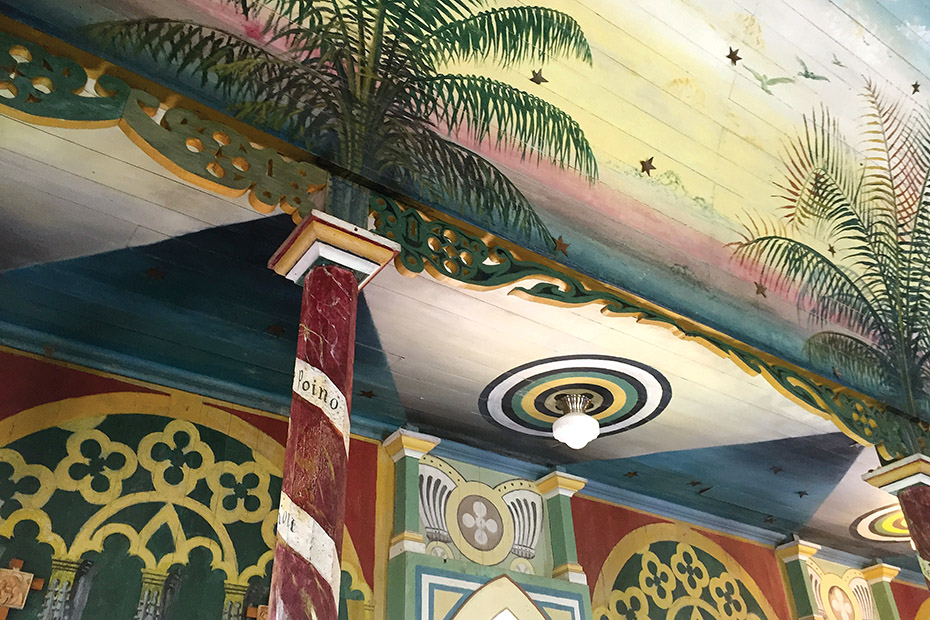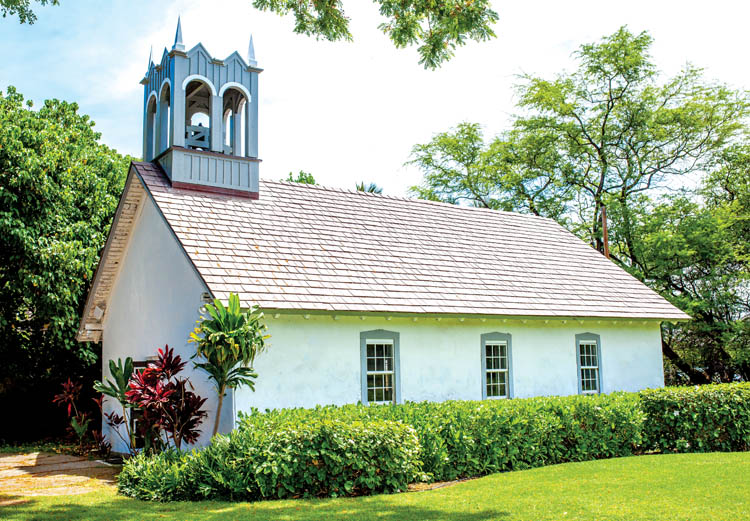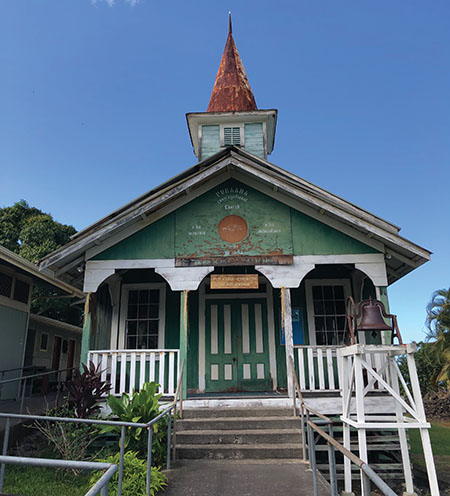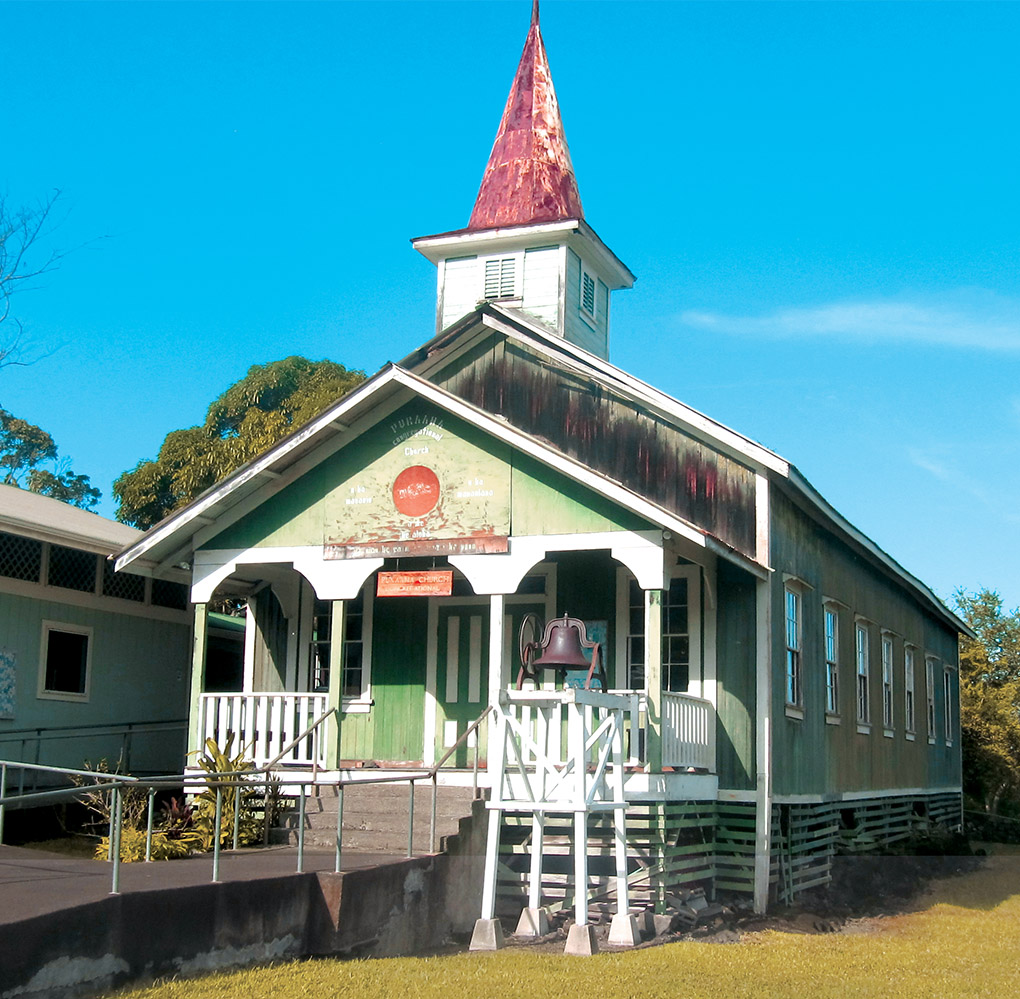
Puka‘ana Church: Steeped in History and Spirit

By Denise Laitinen
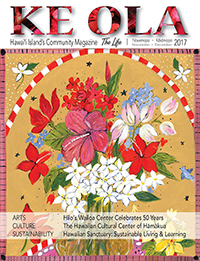
Like a lei of vibrant Hawaiian flowers, you will find small historic churches dotting the landscape around Hawai‘i Island. Like the flowers bound together in lei, many of the churches are connected, either built by the same person or through heritage with ties going back to the earliest days of the Christian missionaries arriving on Hawai‘i Island. Such is the case with churches like Puka‘ana Congregational Church in Keālia, near Captain Cook.
Founded in 1849, the original Puka‘ana Congregational Church was built of stone and coral near the coastline in South Kona by Reverend John D. Paris. A Christian missionary originally from Virginia, Rev. Paris was a prolific church builder, who personally built 11 churches across a large portion of west and south Hawai‘i Island in the mid-1800s. In addition to Puka‘ana Church, Rev. Paris built Kauahā‘ao Congregational Church in Wai‘ōhinu, Helani Congregational in Hōlualoa-Keauhou mauka (upland), Lanakila Congregational in Kaināliu, and Mauna Ziona Congregational in Kalaoa, just to name a few.
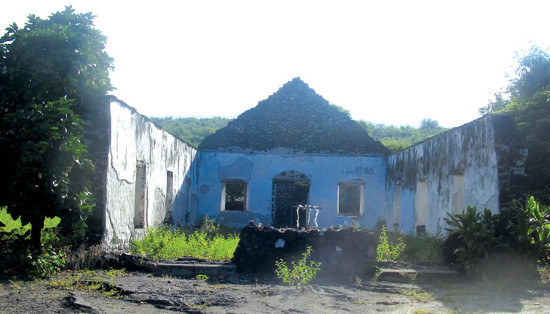
The seaside chapel, often referred to as the “mother church”, thrived. By 1900, the church congregation had grown in size to warrant the building of a second church mauka of the mother church. Affectionately nicknamed the “keiki church”, the mauka Puka‘ana Church was built fronting Māmalahoa Highway in Keālia (across the street from Fujihara Store.)
Both churches flourished and operated in concert together for nearly five decades. That is, until a large earthquake struck the Kona coast in 1950 and led to the destruction of the original coastal church. In fact, visitors to Ho‘okena or Keālia beaches can still see the remnants of the original mother church where three of its remaining walls still stand. Since the destruction of the coastal church, the little “keiki church” has served as Puka‘ana’s main facility for the congregation.
Now 168 years old, the congregation continues to serve the Hawaiian community. On any given Sunday, you will hear hymns in Hawaiian sung from hymnbooks and church services that are bilingual in English and Hawaiian. The majority of church attendees live in close proximity to the church and many of the families have been coming to Puka‘ana Church for five, six, even seven generations.
Seven generations of parishioners
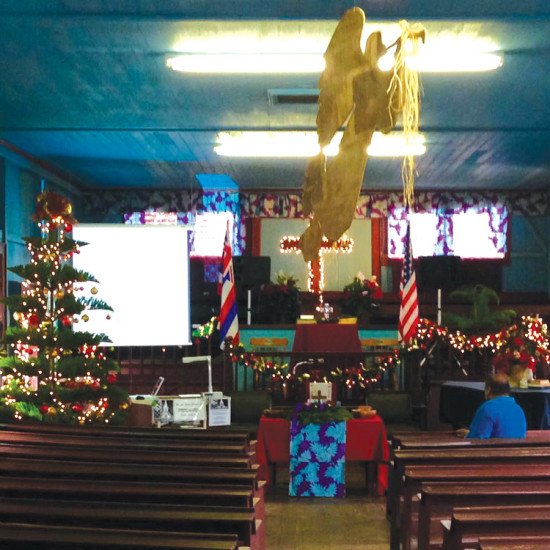
“About 30–50 people regularly attend the weekly church services with more joining in for special holidays such as Christmas and Easter,” says Keoki Kiwaha, who serves as the church’s vice-moderator (a term used in place of chairman or president). “Many [members] live within a five-mile radius of the church. We have some members from Keālia, some from Ho‘okena…but we do have members who drive between 30 minutes to one hour each Sunday to get to church.”
“When I was growing up in the 1990s, the pews of the keiki church were full,” says Keoki. “But adults age and youth grow up and move away, so there has been a decline. Recently, our numbers have been increasing.” Those that do attend have deep rooted connections to the church. Some area families have been involved with the church since its inception.
“Most of our members descend from family lines in the area,” says Keoki. “My own family has been part of the church since its founding in 1849.” He adds that his great-great-grandfather John Nāihe was a deacon for the church.
The first Hawaiian minister for the church was Rev. John Lahaina Keala and the church’s most recent Kahu (Reverend) Nanicetta Lincoln-Ha‘alilio, is his granddaughter, who retired in 2014. Nanicetta’s uncle, the Rev. Samuel ‘Aukai Keala was also a kahu. Several hymns in the hymnal were translated or arranged by Nanicetta’s relatives, including her mother, Bernice K. Keala-Lincoln, and her aunt, Nancy K. Keala-Iona.
Hawai‘i Island’s earliest missionaries
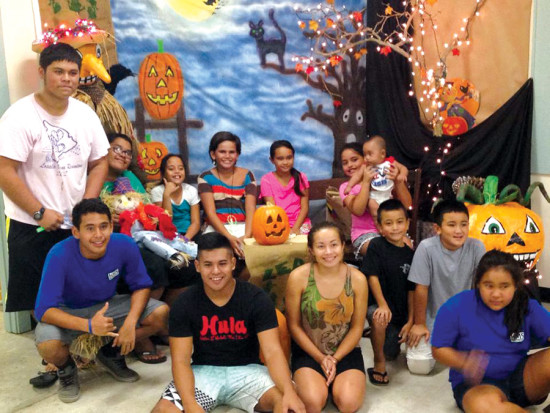
Built by Christian missionaries of Calvinist and Evangelical denominations, today Puka‘ana Church is part of the Hawai‘i Conference, United Church of Christ (HCUCC).
Some of the oldest churches on island are congregational churches. This dates back to 1809 when Ka‘ū resident Henry ‘Ōpūkaha‘ia, sailed to New England and eventually converted to Christianity while attending Yale University. He was in the midst of preparing to return to Hawai‘i to serve as a Christian minister when he died of typhus.
As a tribute to Henry, his friends received permission from the American Board of Commissioners of Foreign Missions (a predecessor denomination of the UCC) to set sail and bring Christianity to Hawai‘i. Henry’s friends were the first missionaries to arrive in Kona in 1820 on the boat Thaddeus. Today, you can see a replica of the ship that brought them to Hawai‘i Island at the Moku‘aikaua Church on Ali‘i Drive in Kailua-Kona. (See Ke Ola’s Moku‘aikaua Church story, February/March 2009 issue)

Missionaries like Reverend John D. Paris came in the decades following and were part of the American Board of Commissioners of Foreign Missions, which became known as the Hawaiian Evangelical Association (HEA) in 1853.
Worldwide, the United Church of Christ (UCC) as a denomination was established in 1957, when two international church groups, the Congregational Christian Church and the Evangelical and Reformed Church merged to form UCC. HEA joined UCC in 1959 when HEA became part of the Hawai‘i Conference UCC. Many of Hawai‘i Island’s older congregational churches have deep roots in the Hawaiian community and interact with each other, as well as being part of a statewide network.
“Because we share a common heritage and because we’re part of the Hawai‘i Conference UCC, Moku‘aikaua Church is our sister church,” explains Keoki.
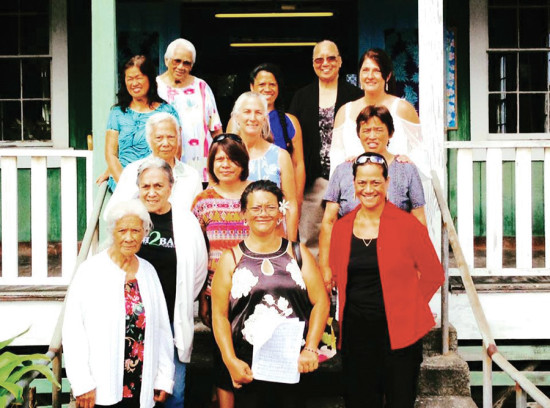
“Our members participate in activities hosted by other churches, including Hō‘ike, which is a tradition among Kalawina churches.” (Kalawina is the Hawaiian word for Calvin and is used to describe Hawaiian congregational churches.) Organized by the West Hawai‘i Council of Hawaiian Congregational Churches, a Hō‘ike is held twice a year—in the spring and fall—at different churches. Activities include performing hula and skits, as well as the singing of hymns and worship songs.
Although Puka‘ana Church may appear small in size to passersby driving around the island, the congregation is quite active on a statewide level with church leaders attending HCUCC conferences and events on other islands throughout the year. For example, Keoki is a Youth Delegate to the HCUCC and serves on the Conference Council as the co-Youth/Young Adult At-Large member. He is also a member of the Conference-wide Justice and Witness Missional Team, and a member of the Strategic Planning Task Force.
In an age where some denominations are seeing a drop in church attendance, being connected to larger organizations like HCUCC and sister churches has helped Puka‘ana Church remain dynamic and growth oriented.
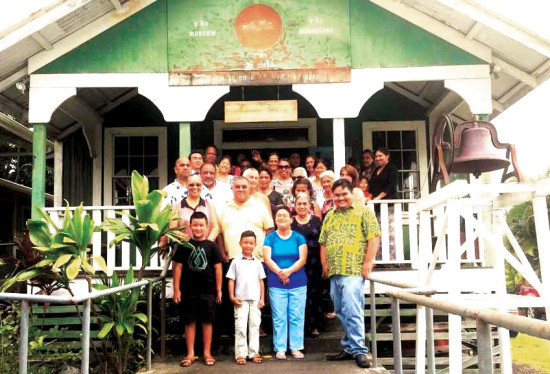
“The church is becoming much more active today,” says Keoki. “There is a generational shift occurring, and younger members like myself are becoming more involved and active in leadership at the congregational level, the conference level, even up to the national setting, as well as in the many different organizations to which we belong like the Association of Hawaiian Evangelical Churches and the State Council of Hawaiian Congregational Churches. Our youth have been steadily growing; we average 10–15 children.
The church has a Sunday school for its younger members and has organized several community events. “In the past we have had free movie nights for the entire community that were held monthly.”
Keoki adds that within the last three years Puka‘ana Church has hosted Halloween pumpkin carving events, Operation Brown Bag Blessings for Thanksgiving where they give out free lunches, a Christmas community dinner, and marched in the Kailua-Kona Christmas parade.
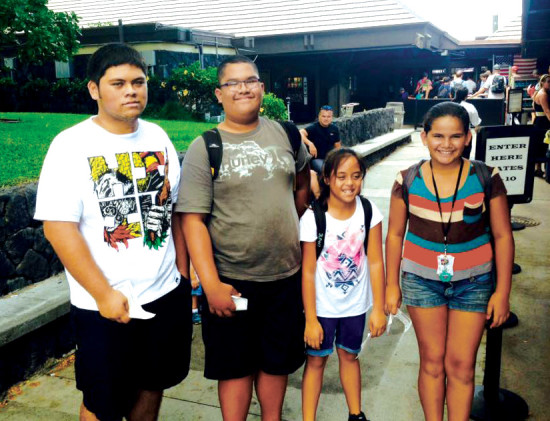
Looking toward the future, Keoki says the church is planning on restoring its sanctuary in the near future, as the building is over 100 years old. “And we’re doing our best to raise up new leaders in the church who will receive the torch from the kūpuna (elders) and carry it into the future.” Among those new leaders, is the search for a new kahu (priest) to oversee the congregation.
“Our most recent kahu, the Rev. Nancietta Ha‘alilio, served for 26 years as kahu,” explains Keoki. “Currently, the deacons and other church leaders, including myself, preach on Sundays. We also invite guest ministers from other churches and ministers from the Hawai‘i Conference UCC office also visit us regularly, in particular, to preach, administer Holy Communion, and to update the membership on what is happening at the different settings of the UCC.
“As far as future plans, our church simply is seeking to be a better voice and symbol of God’s love, peace, and hope in this world. As we grow, we are starting to reach out to our community more. We’ve always been, and will continue to be, I believe for generations to come, the spiritual center and home of our community and for our families [both] long established or new.” ❖
For more information about Puka‘ana Congregational Church, go to: pukaanachurch.org.
You can read about Puna’s historic congregational churches in the May/June 2015 issue of Ke Ola Magazine.
